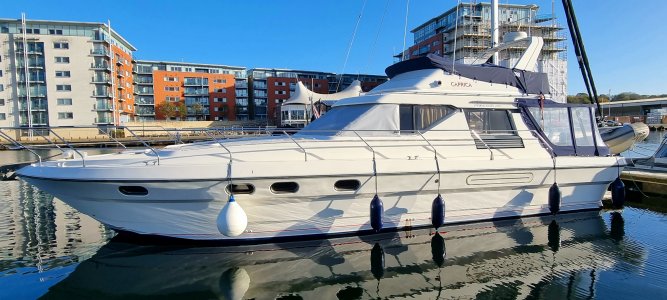Tranona
Well-Known Member
Note that poster is based in the largely tideless Med where SOG is essentially the same as speed through the water. It is common to cruise long distances at displacement speeds (8-9 knots) in planing boats like his. Otherwise going for example from the Spanish mainland to the island costs a fortune as well as being uncomfortable. other passages for example to places like Malta Corsica and Sadiniaa are not possible at planing speeds because of range restrictions. It is therefore a question of collecting data on fuel burn against speed to find the optimum.Everyone seems to have forgot about tides. Working hull speed out is all well and good, but the actual SOG will depend on tidal effects. If hull speed is 6 knots and you're in an area where the tides run at up to 2 knots (just for instance), SOG will vary from 4 to 8 knots.
Real World trumps paper figures here, so increase speed until you start to create excess wash/dig a hole in the water behind the boat and then slow down slightly.


